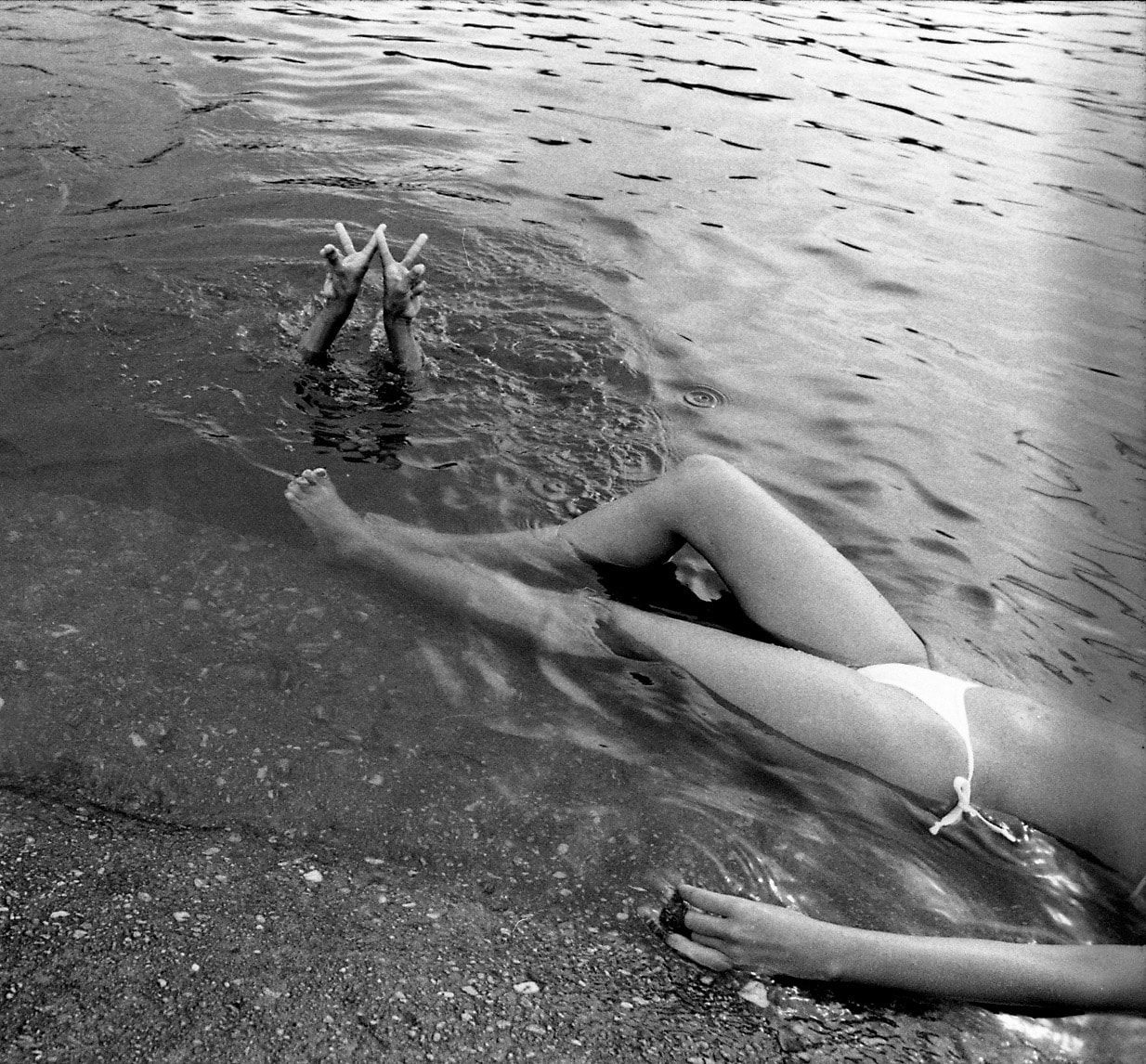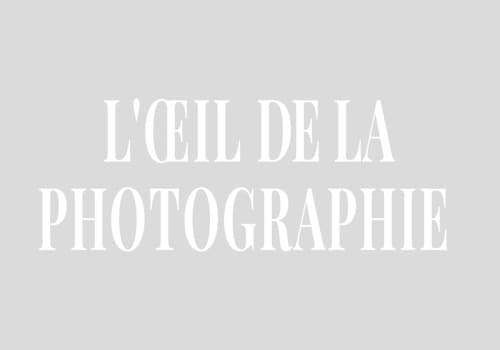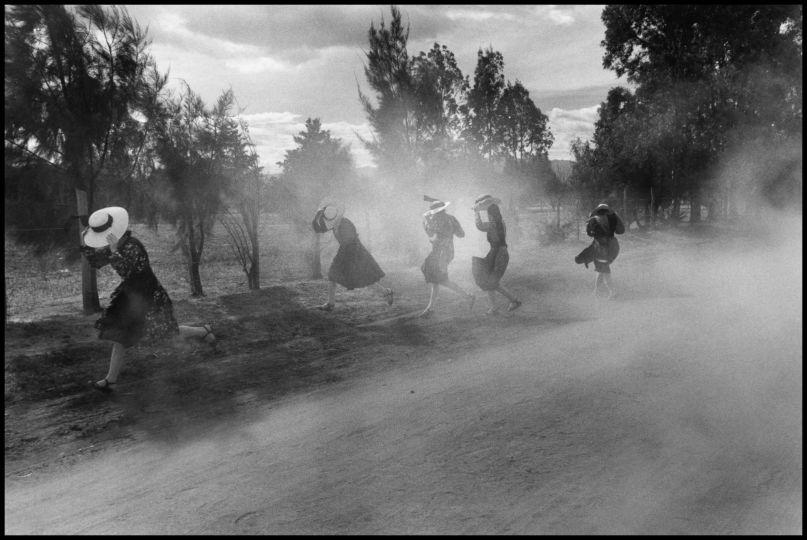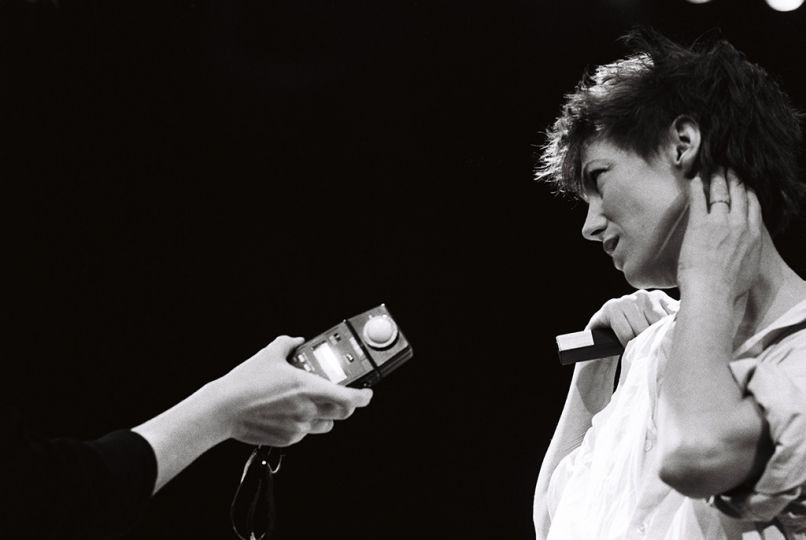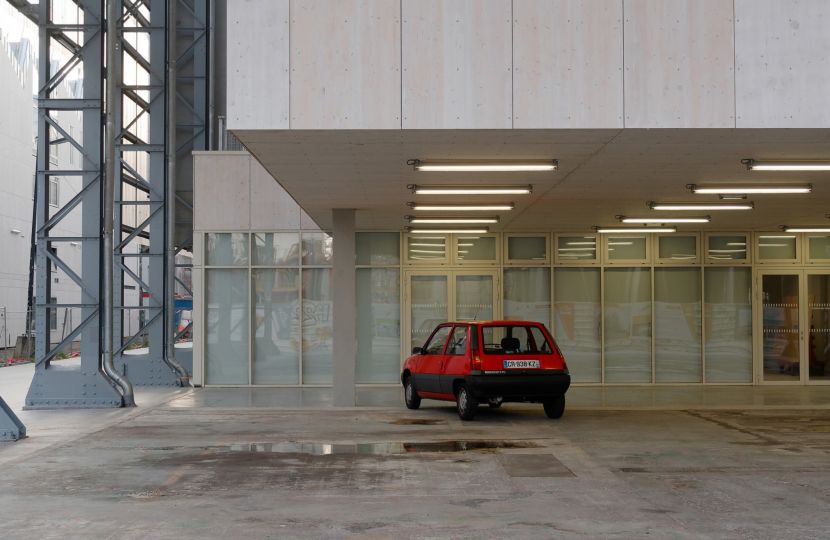Throughout the more than 40 years of his award-winning career, Luiz Braga, a photographer from Pará, became a solid reference in Brazilian contemporary visual production, with his unique use of light and his intimate and compassionate translation of the exuberance of his hometown of Belém, Marajó Island, as well as its surroundings in the Amazon area of Pará, a recurring scenery in his vast body of work. His B&W production is the highlight of his solo show Espelho d’água, which marks the inauguration of the new Galeria da Gávea location in a historic landmark house from 1881.
The exhibition congregates about 30 works, most of them unpublished, produced since 1980 decade until today. With different sizes, there are new prints and also vintage copies, printed by the artist at the time the images were made.
“Looking at his thousands of photographs, we notice not just the powerful relationship between the natives and the water – an important character in this narrative – but Luiz’s capacity to create a fable, to photograph with the wonder of a boy. The show intends to bring back that aspect”, explains Bernardo Mosqueira, the exhibition curator. “It’s exemplified by the portraits of men carrying leaves on their backs, or a man walking out of the water loaded with fish. They could be called ‘salesman’ and ‘fisherman’, but to him, they become a winged man and a triton. Braga constructs a fable from that culture, which is immersed in myth and in the way of seeing the world as a place of magic and legends. There are works both from 1981 and 2016, as if they were from the same instant. Those characters live within Luiz’s universe. And the choice for B&W pictures makes the content of these narratives more apparent, it’s a strategy which helps us see all of them as inhabitants of this fabled universe”, he concludes.
Luiz Braga – whose latest entirely black and white show took place in Rio, interestingly, precisely 30 years ago – confirms the curator’s words: “The work returns, in a way, to the essential, which is the human quality I try to celebrate in my work. The B&W support allows the spectator to enjoy the structure of my thoughts, in order to appreciate the native man, his wise relationship with water and the harmony in their encounter. I’ve never intended to create an encyclopedic index of this world, either with my work or with an ethnographic survey. I’m first and foremost a storyteller who lives in these stories.”
The inaugural show for the new Galeria da Gávea location attempts to create a path through the entire building, occupying the mezzanine, the pantry, technical rooms, corridors, restrooms etc., not just the exhibition spaces. “We realize what makes a show with such rich themes even more interesting is the fact that we’re in a house from two centuries ago, with large windows, surrounded by nature, with a river going through the property, which immediately brings us back to the scenery where the photographs were taken”, Bernardo points out. The new location will hold contemporary Brazilian photography shows, talks, classes and the Gávea Photography Awards, featuring emerging talents.
Braga limited himself to the area surrounding Belém, in Pará, where he has lived since he was born, which he considers a form of resistance since it’s far from large urban centers. “I’m always immersed in this culture. Whenever I dive in it, I find new layers. My work is not set on a particularly vast geographical area; the vastness is within, with the use of different techniques and with the various fascinating things that move me”, he emphasizes.
To Bernardo Mosqueira, the curator, it is politically important to appreciate artists from outside the country’s economic-cultural mainstream: “Brazil is too big, there are many ways to live and exist in it, which we ignore. We have a diversity of knowledge, and I think works like those of Luiz are tremendously important to shape the Brazilian people’s thoughts about Brazil. It’s another important step for the creation of a Brazilian cultural autonomy, to acknowledge each other, to acknowledge a different kind of Brazilian and understand that there’s knowledge in that. It’s another reason it’s important to have a show like this one.”
Information
Galeria da Gávea
Av. Marquês de S. Vicente, 432, Gávea, Rio de Janeiro, Brésil
September 15, 2017 to December 29, 2017

